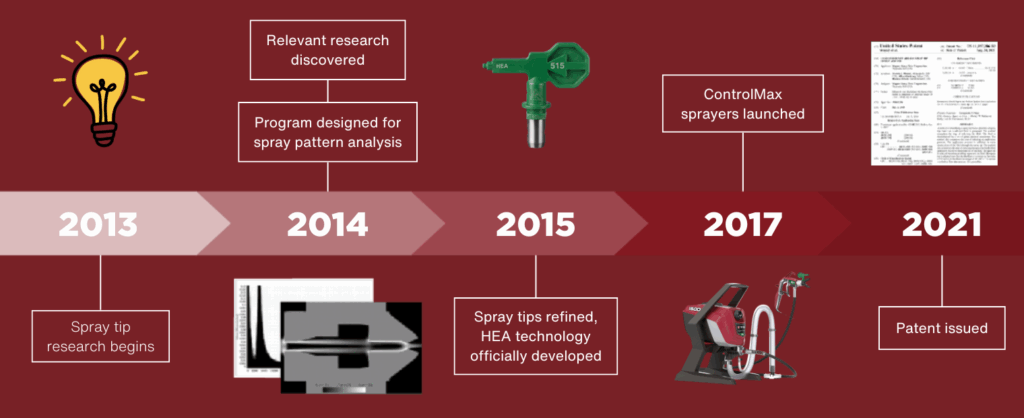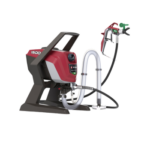Understanding High Efficiency Airless (HEA) Sprayers: What Every Contractor Should Know
Whether you’re just starting out or have been in the painting business for years, using the right tools can make a world of difference. One tool that’s been gaining serious attention in the contractor community is the High Efficiency Airless (HEA) paint sprayer. If you’re not already using one, here’s what you should know—and why it might be time to consider making the switch.

What Is an HEA Sprayer?
A High-Efficiency Airless (HEA) sprayer is an improved version of the traditional airless spray system. It works similarly but operates at a lower pressure—typically around 1,000 PSI compared to the 2,000+ PSI of standard airless sprayers. The result? A softer spray, better control, significantly less overspray, and reduced user fatigue. Even at this lower pressure, HEA sprayers deliver the same high-quality finish and application speed as traditional airless models. In fact, thanks to their efficiency and ease of use, HEA sprayers are widely considered a better choice for most painting projects.

Why It Matters to You
- Save on Paint Costs: Overspray is one of the biggest sources of wasted material on any job. HEA sprayers are designed to reduce overspray by up to 55%, which can add up to real savings—especially when you’re using high-end coatings.
- Easier on You (and Your Gear): Spraying all day can be tough on your hands, wrists, and back. Because HEA sprayers work at lower pressure, they produce less bounce-back and strain during operation. Plus, the equipment itself lasts longer. Lower pressure means less wear and tear on your pump, hose, and spray tip, which translates to fewer repairs and longer service intervals.
When Is HEA the Right Choice?
While HEA sprayers are great for many jobs, they shine in certain situations:
- Medium to large interior and exterior painting projects
- Repainting where precision is key
- Contractors looking to reduce paint waste and equipment downtime
For high-volume exterior or industrial jobs where speed and heavy material flow matter more than finesse, a traditional high-pressure airless sprayer might still be the way to go. But for most residential and light commercial work, HEA offers a great balance of control, quality, and cost-efficiency.



